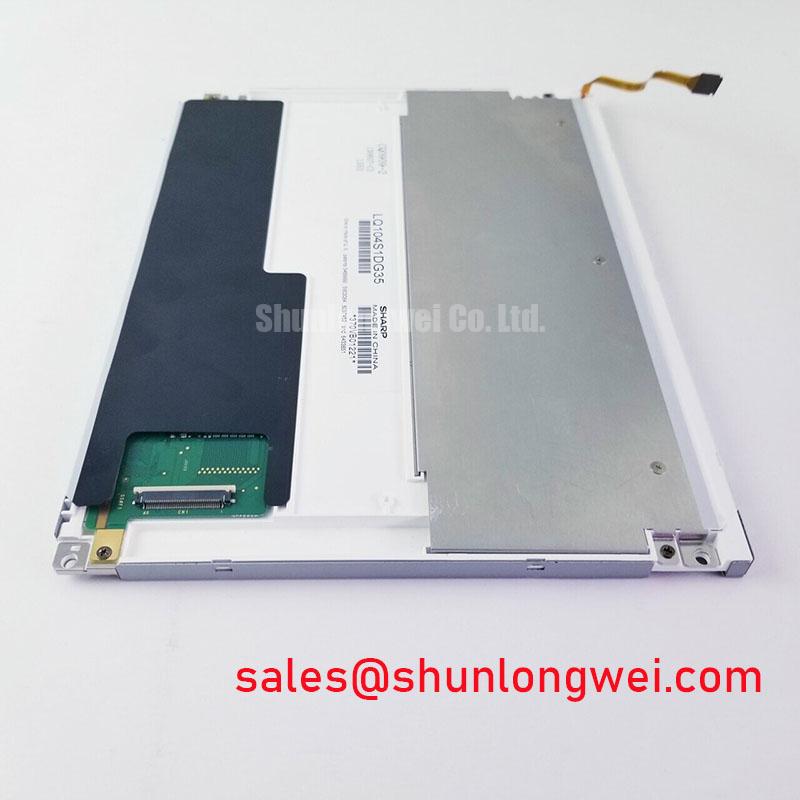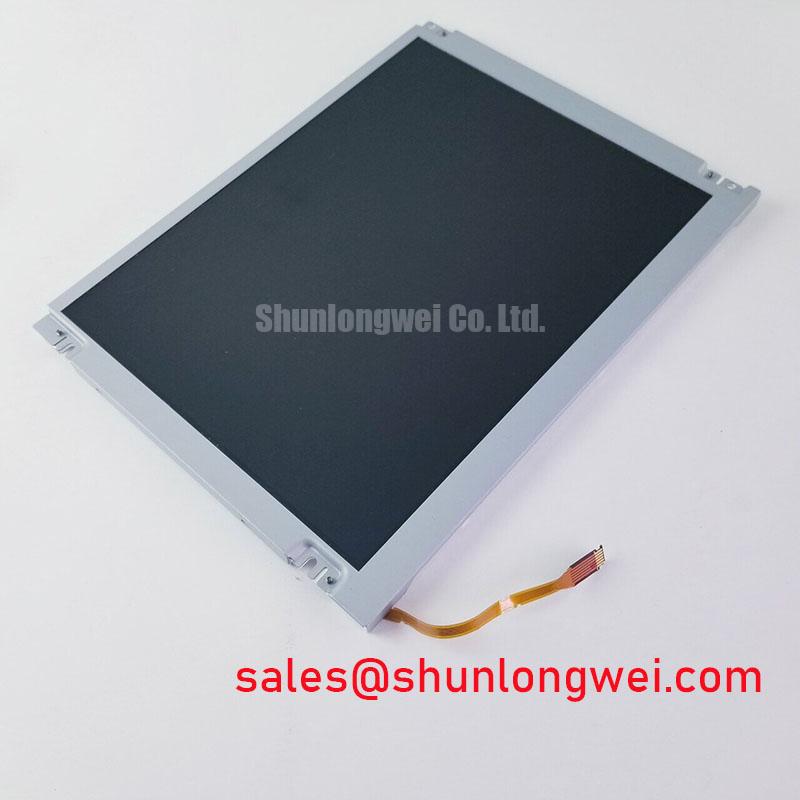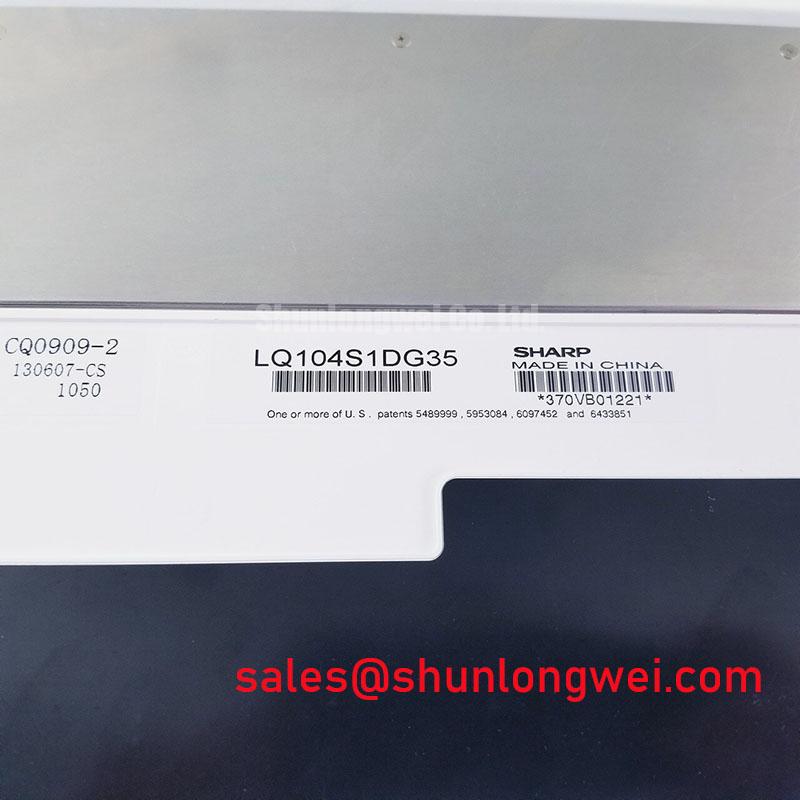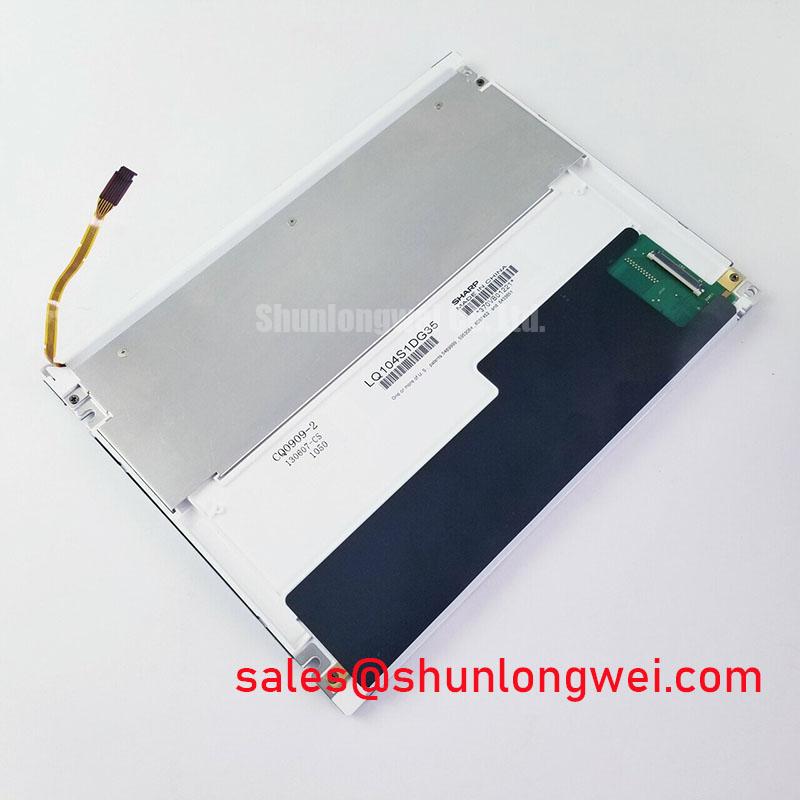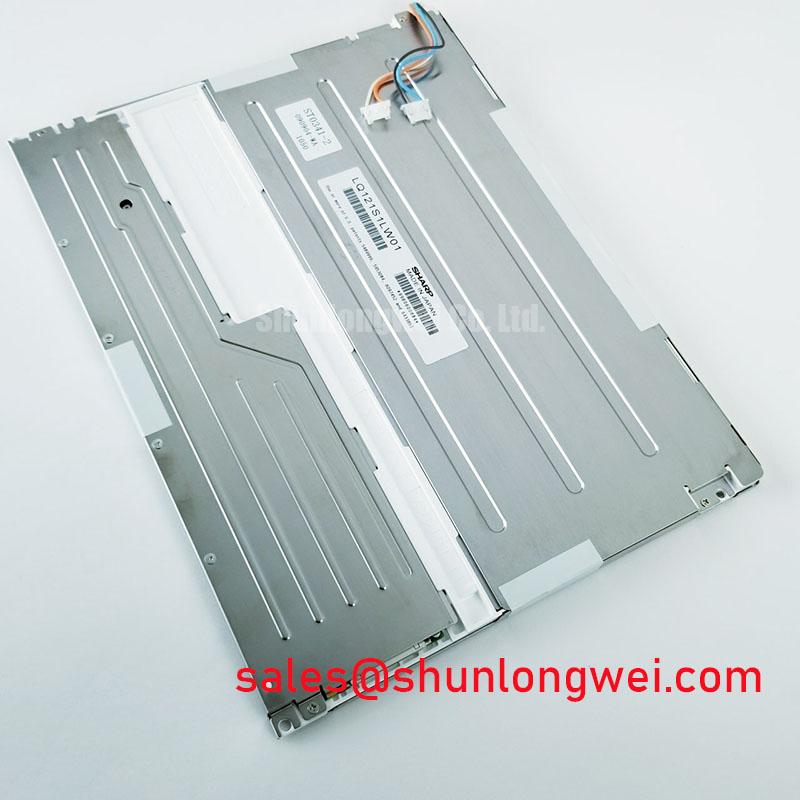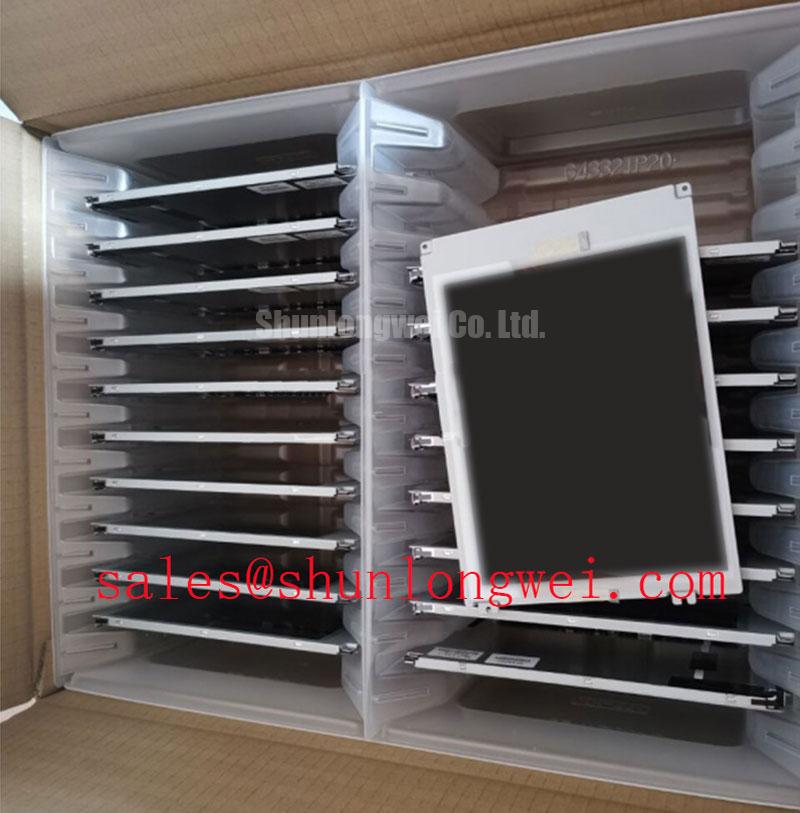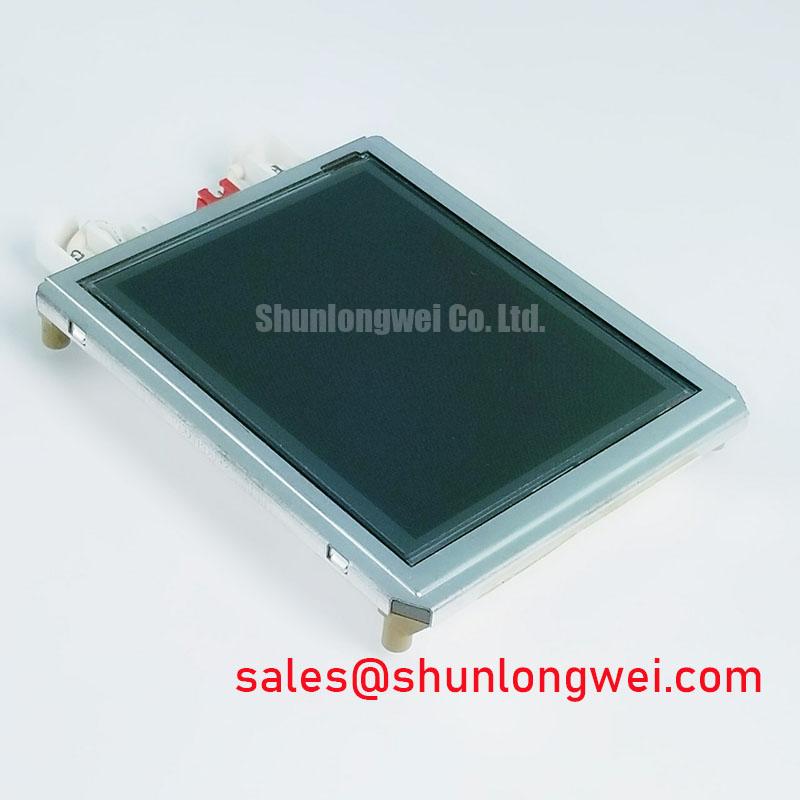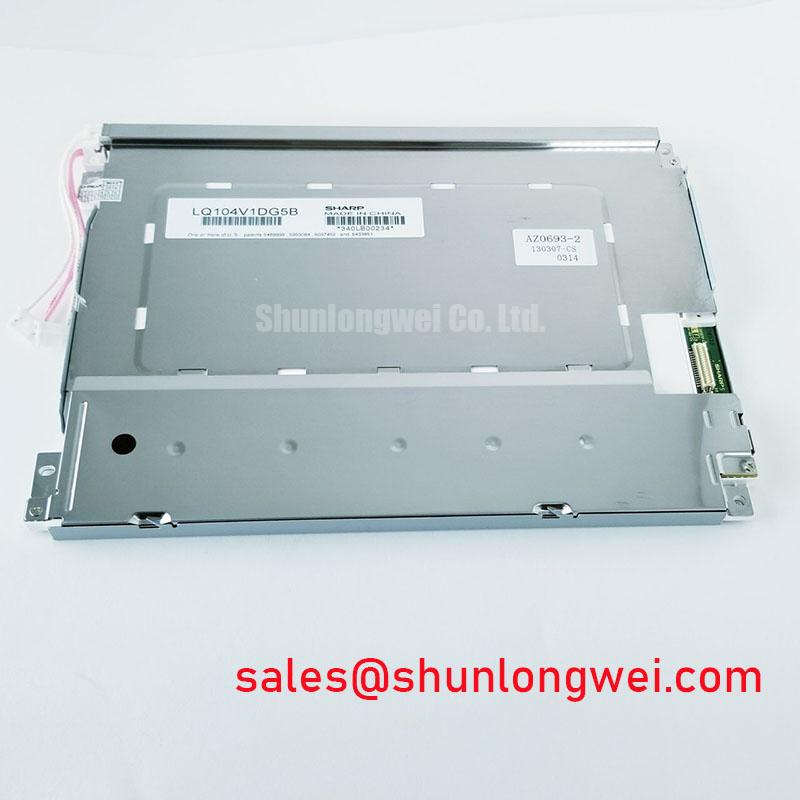Content last revised on November 15, 2025
Sharp LQ104S1DG35: 10.4" SVGA Display for Harsh Environments
Engineered for Durability and Visual Consistency
The Sharp LQ104S1DG35 is a 10.4-inch SVGA TFT-LCD engineered for unwavering visual performance and mechanical endurance in challenging industrial and mobile environments. At its core, the technical design prioritizes resilience, addressing how systems can maintain data legibility across fluctuating temperatures and in high-vibration settings. This is achieved through a combination of its wide operational temperature range and an anti-glare surface treatment, ensuring operators receive clear, accurate information regardless of the external conditions.
Data-Driven Comparison for Rugged System Design
When evaluating a display for integration into durable equipment, key environmental and mechanical specifications provide a framework for decision-making. The LQ104S1DG35 is specified with an operational temperature range from -10°C to +70°C, a critical parameter for devices deployed in non-climate-controlled spaces. This contrasts with displays designed for commercial use, which often have a much narrower thermal window. Furthermore, its mechanical resilience, defined by specific vibration and shock tolerance values in the datasheet, offers a quantitative measure of its suitability for mobile or high-impact industrial machinery. An assessment should weigh these resilience metrics against the optical requirements of the target system.
The Strategic Imperative for Environmentally Resilient Displays
As industrial automation and IoT expand into field operations, from logistics and transportation to agriculture and construction, the demand for human-machine interfaces (HMIs) that can withstand environmental stress is paramount. Displays are no longer confined to control rooms; they are the frontline interface on forklifts, in agricultural combines, and at outdoor kiosks. The integration of a panel like the Sharp LQ104S1DG35 aligns with this trend, enabling the design of systems that do not require costly and complex environmental enclosures. This approach directly impacts the total cost of ownership (TCO) by reducing potential failure points and minimizing the need for specialized heating or cooling subsystems, contributing to a more robust and cost-effective final product.
Deployment Example: Maintaining Clarity in Mobile Machinery
Consider the operator cabin of a piece of construction equipment, an environment characterized by constant vibration, wide temperature swings from morning to midday, and exposure to direct sunlight. In this scenario, a standard display's performance would degrade rapidly, leading to screen flicker, reduced backlight life, or complete failure. The LQ104S1DG35 is architected to mitigate these risks. Its specified tolerance for mechanical shock and vibration ensures physical integrity, while the anti-glare surface maintains screen readability, preventing reflections that could obscure critical machine data and compromise operator safety and efficiency. This makes it a sound engineering basis for developing HMIs in challenging mobile applications.
Inside the LQ104S1DG35: An Architecture of Durability
The resilience of the LQ104S1DG35 is not accidental; it is a result of specific design choices. What defines the LQ104S1DG35's reliability? Its wide operational temperature range and durable mechanical design. The panel's construction is mechanically reinforced to handle the stresses of vibration and shock, a factor often detailed in the component's specification sheet. The choice of an anti-glare polarizer is another key element. This surface treatment diffuses incident light rather than reflecting it directly, which is crucial for maintaining contrast and legibility. This functions much like the matte finish on a photograph, preventing glare from overpowering the image itself, a vital feature for outdoor or brightly lit industrial settings. For systems with similar size requirements, the LQ104V1LG61 is a related 10.4-inch display to consider for different project specifications.
Engineering Questions Answered
1. What is the primary advantage of the -10°C to +70°C operating temperature range?This wide range allows the LQ104S1DG35 to be integrated into systems deployed in outdoor or unconditioned indoor environments, such as vehicle cabins, factory floors, or covered kiosks, without requiring an external heater or cooling fan. This simplifies system design, reduces power consumption, and enhances overall reliability by eliminating potential points of failure.
2. How does the anti-glare (AG) surface specifically benefit an industrial user?The AG surface scatters ambient light, significantly reducing specular reflections that can wash out an image. For an industrial operator, this means less eye strain and faster, more accurate readings of critical data, especially in environments with intense overhead lighting or indirect sunlight. Is the LQ104S1DG35 suitable for bright environments? Yes, its anti-glare surface enhances legibility in high ambient light.
3. What interface does the LQ104S1DG35 use and what are the integration considerations?The LQ104S1DG35 typically utilizes a standard LVDS (Low-Voltage Differential Signaling) interface, a common choice for industrial TFT-LCD panels. Engineers should ensure their controller board has a compatible LVDS output and that the cabling is properly shielded and routed to maintain signal integrity, particularly in environments with high electromagnetic interference (EMI), which is common in industrial settings. For deeper insights into display technologies, our guide on TFT LCDs provides extensive background.
Where Resilience Matters: Core Application Fields
The engineering provisions within the Sharp LQ104S1DG35 make it well-suited for applications where operational continuity is essential, despite environmental challenges. Its robust design is a strong asset in sectors that demand high reliability and a long service life from their electronic components. For mobile HMIs requiring SVGA resolution and proven resilience to vibration, the LQ104S1DG35 provides a mechanically sound design foundation.
- Industrial Automation: Operator control panels and HMIs on manufacturing lines that are subject to mechanical vibration and temperature fluctuations.
- Transportation and Logistics: In-vehicle displays for fleet management systems, forklifts, and commercial trucks where temperature extremes and shock are common.
- Test and Measurement Equipment: Portable or benchtop devices used in field service or on factory floors where ambient conditions are not controlled.
- Marine Electronics: Displays for covered areas on marine vessels that must withstand persistent, low-frequency vibration. Further reading on displays for extreme environments can be found in our analysis of displays in heavy machinery.
Key Specifications for the LQ104S1DG35
The following parameters are central to the LQ104S1DG35's performance profile in its target applications. These specifications, drawn from the official datasheet, provide the essential data for system integration and performance evaluation. For a complete list of specifications, please refer to the product datasheet.
| Parameter | Specification |
|---|---|
| Screen Size | 10.4 inch (26 cm) diagonal |
| Resolution | 800 x 600 (SVGA) |
| Luminance | 350 cd/m² (typ.) |
| Operating Temperature | -10°C to +70°C |
| Storage Temperature | -30°C to +80°C |
| Surface Treatment | Anti-Glare (AG) |
As embedded systems continue to require more direct and resilient user interfaces in demanding sectors, the selection of a display module shifts from a simple component choice to a strategic decision impacting long-term product viability and market acceptance. Integrating a panel designed with environmental durability as a primary objective provides a robust foundation for building next-generation industrial and mobile computing platforms.

